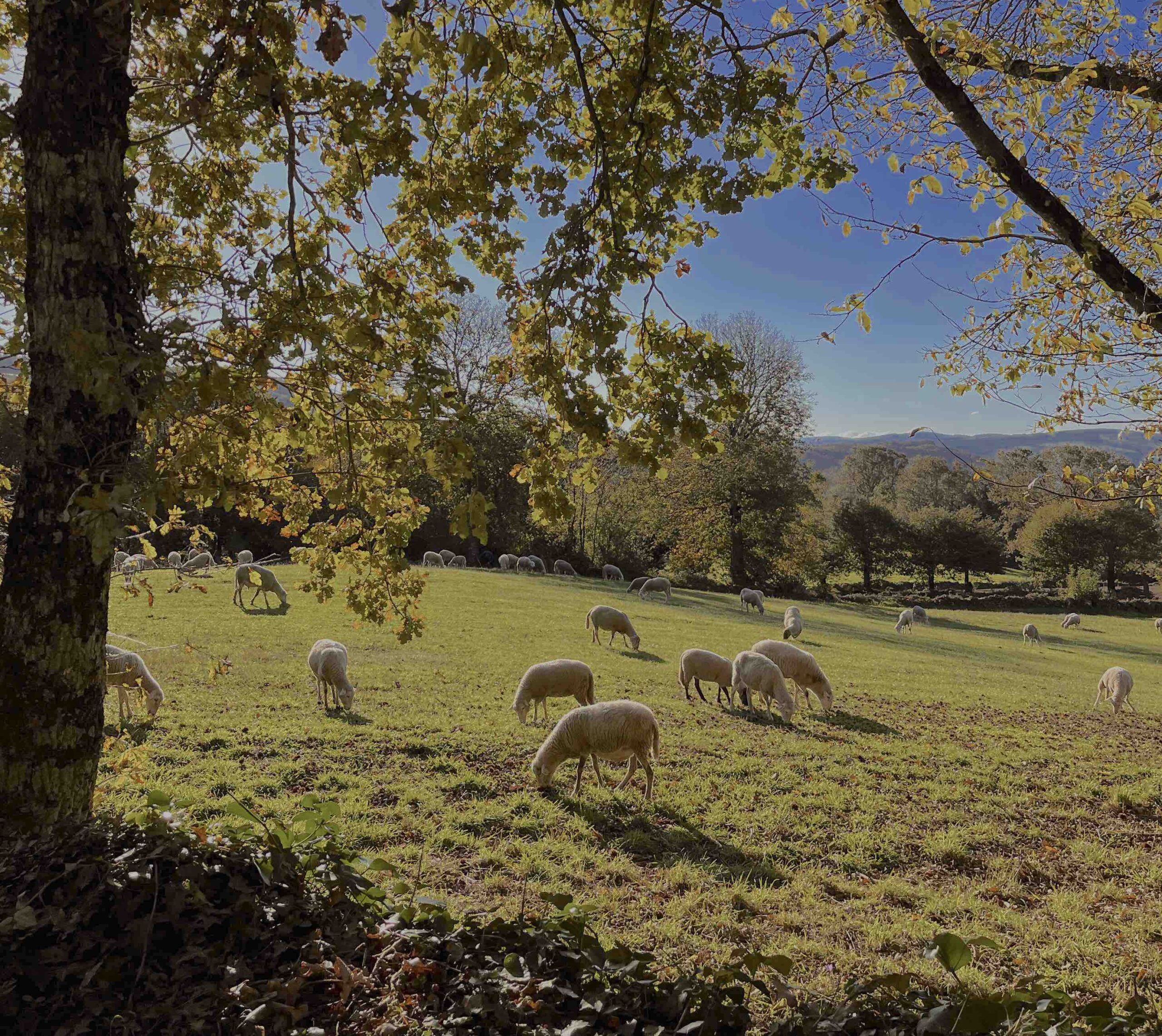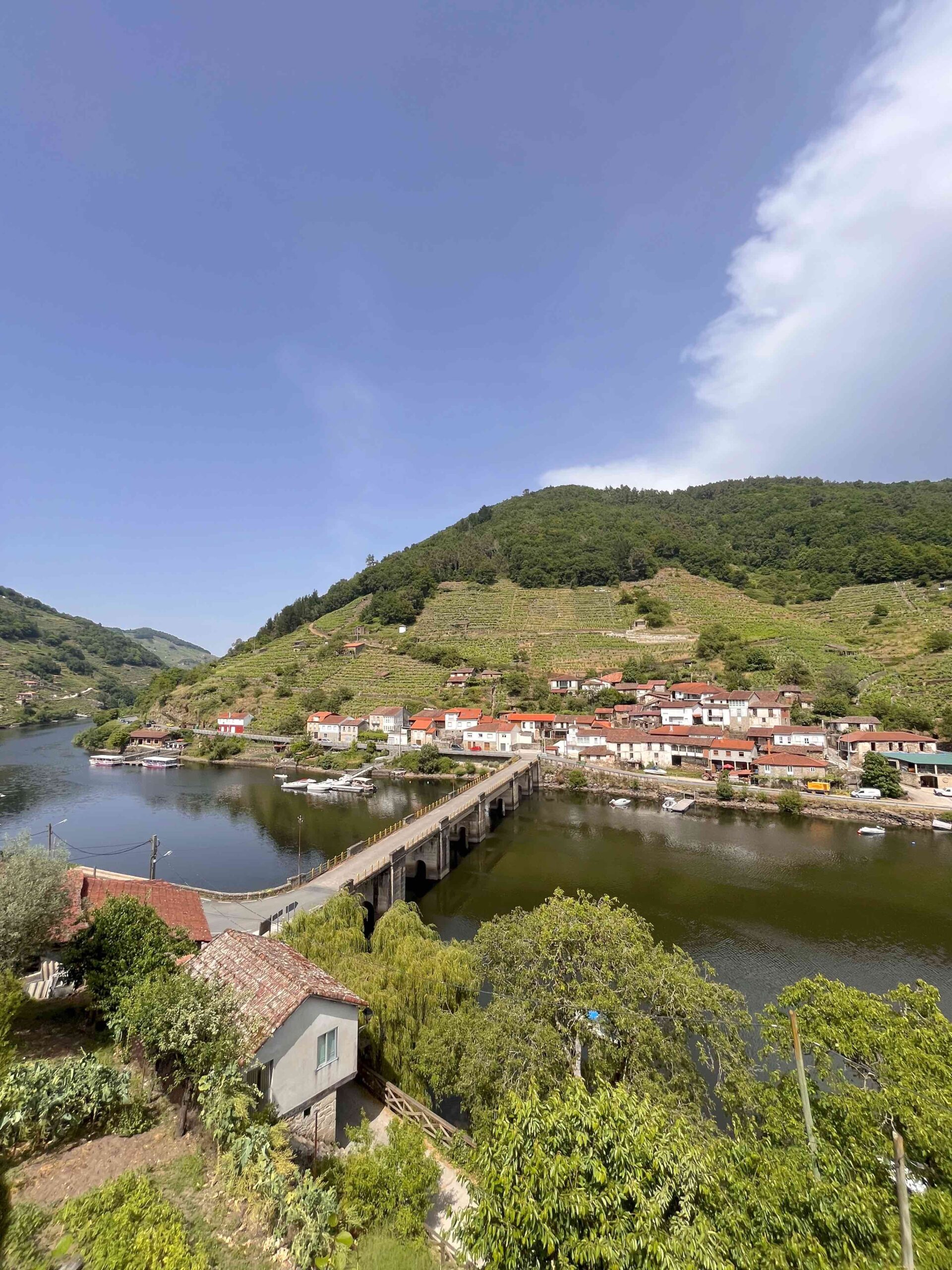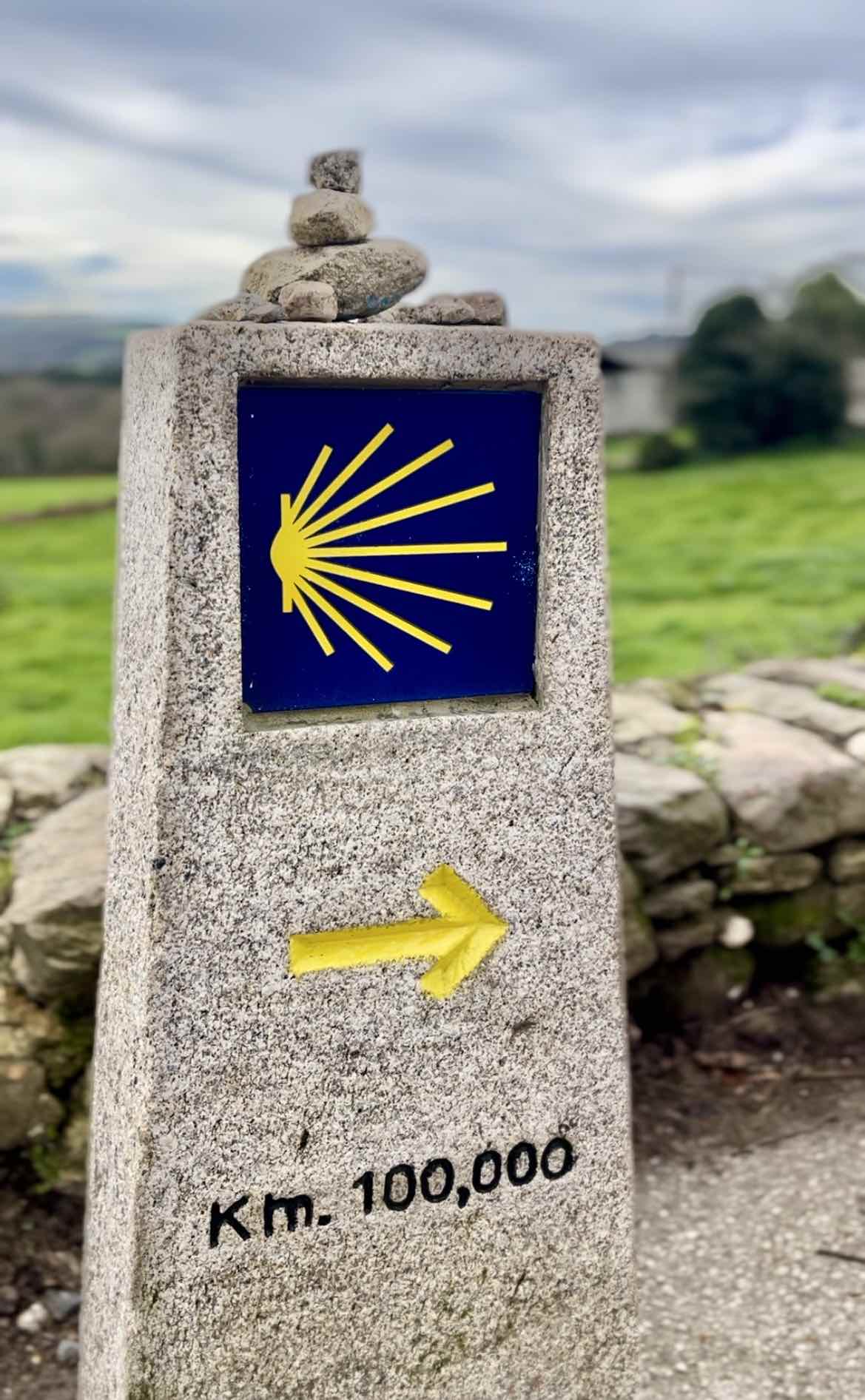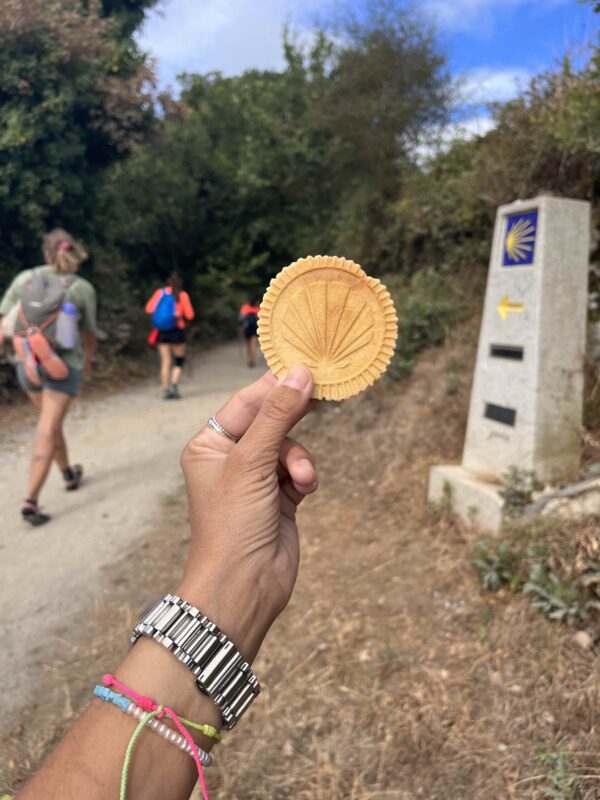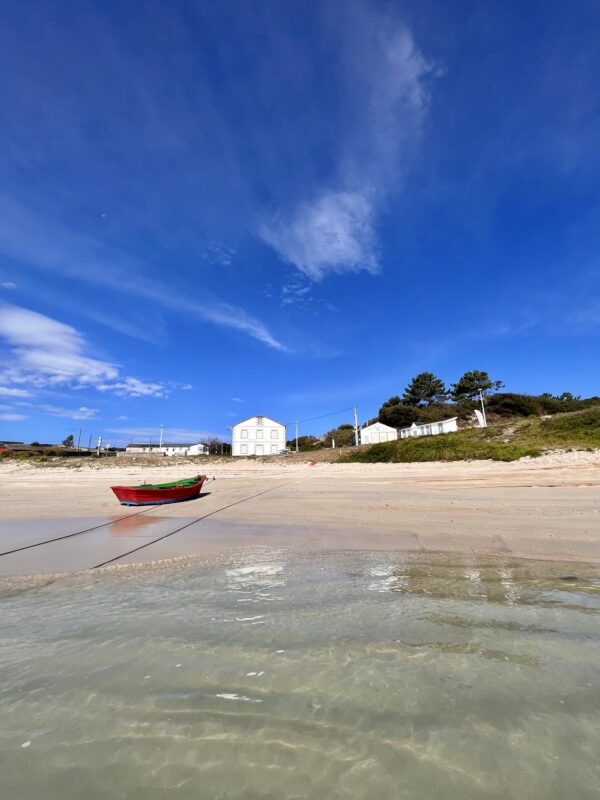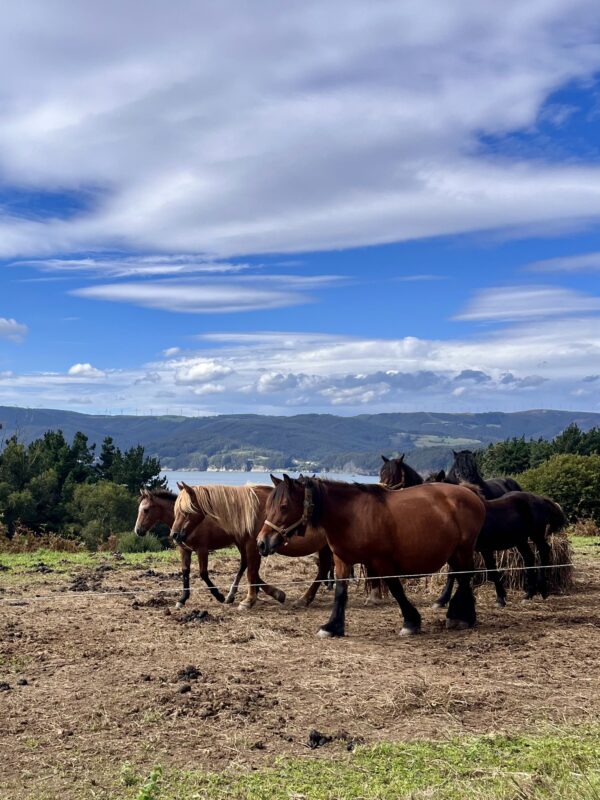ENVIRONMENT
¿Where we are?
We are located in the Concello de Paradela, in the heart of the Ribeira Sacra in Lugo.
We live in the countryside and operate from the countryside. We are surrounded by a unique natural environment located in the southwest of the province of Lugo (Galicia). This enclave is the perfect place to connect with the essence of nature and Galician tradition.
We are located in the Concello de Paradela, in the heart of the Ribeira Sacra in Lugo.
The Ribeira Sacra is a unique region located between the provinces of Lugo and Ourense in Galicia.
Known for its terraced vineyards and rich historical heritage, Ribeira Sacra combines spectacular landscapes with a deep wine-growing and cultural tradition.
Declared a Destination of Tourist Interest and a candidate for UNESCO World Heritage Site status, the Ribeira Sacra is a benchmark for rural tourism, wine tourism and nature in northwest Spain.
ENVIRONMENT
The 100th kilometre of the French Way of Saint James
In our municipality, Paradela, we have the famous milestone of the 100th kilometre of the French way.
The French Way of Saint James crosses Paradela, in one of its most emblematic and picturesque stages. This stage, which begins in Sarria and ends in Portomarín, is considered by many pilgrims as one of the most beautiful of the entire route.
In Rural o Urbano, we are proud to be part of this unique route, offering our GOURMET & LIFESTYLE products and that reflect the essence of Lugo and Galicia.
If you are a pilgrim or simply a lover of rural tourism, we invite you to discover all that Paradela and the Ribeira Sacra have to offer, and without doubt, also our well-known RURAL O URBANO CAPACKZOS the ideal choice if you desire to enjoy a gourmet picnic in the countryside.
ENVIRONMENT
Lugo, is the Galicia’s most unknown province. We recomend you to visit:
The city of Lugo: history, culture and tradition
The city of Lugo, in the heart of Galicia, is a unique destination that combines history, culture and authenticity. Known for its impressive Roman Wall, declared a World Heritage Site by UNESCO, Lugo offers a journey back in time through its cobbled streets and historic monuments. It is also a vibrant city, famous for its Galician gastronomy, traditional festivals and friendly atmosphere.
Rural o Urbano invites you to explore not only its urban charms, but also the treasures of the surrounding countryside.
Discover our GOURMET & LIFESTYLE products that fuse the most authentic tradition with an avant-garde touch, bringing the best of Lugo and Galicia to your table and to your daily life.
